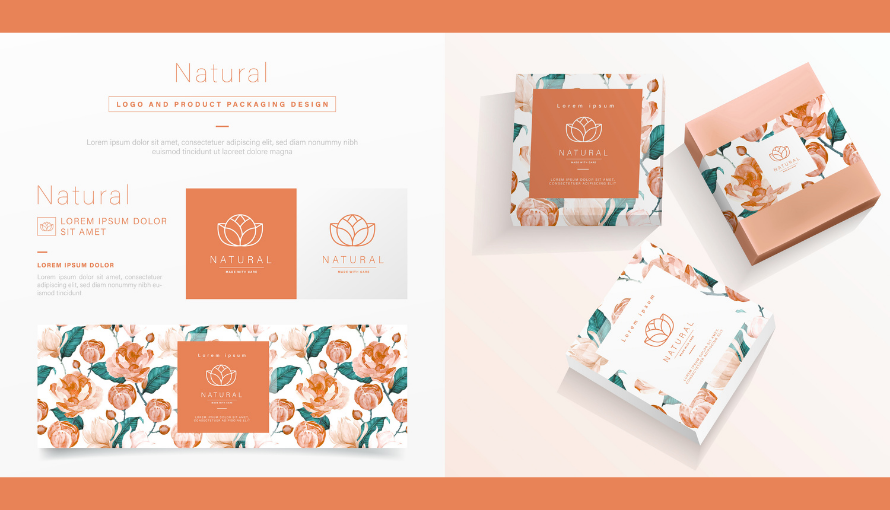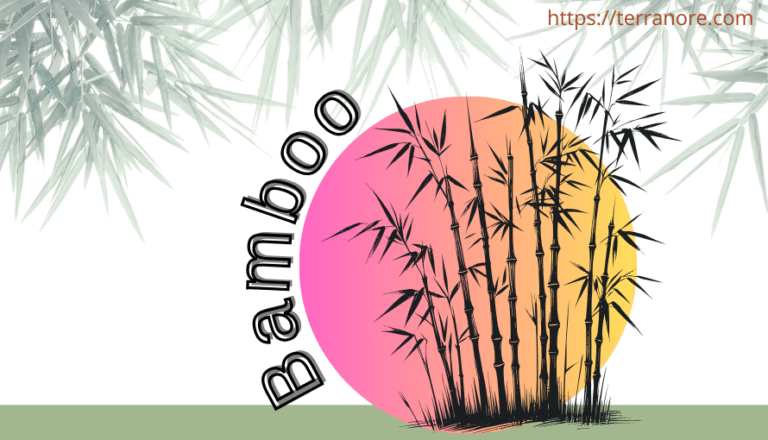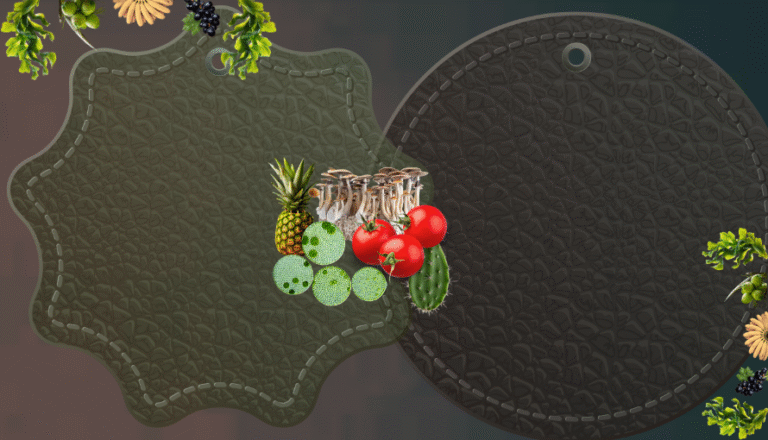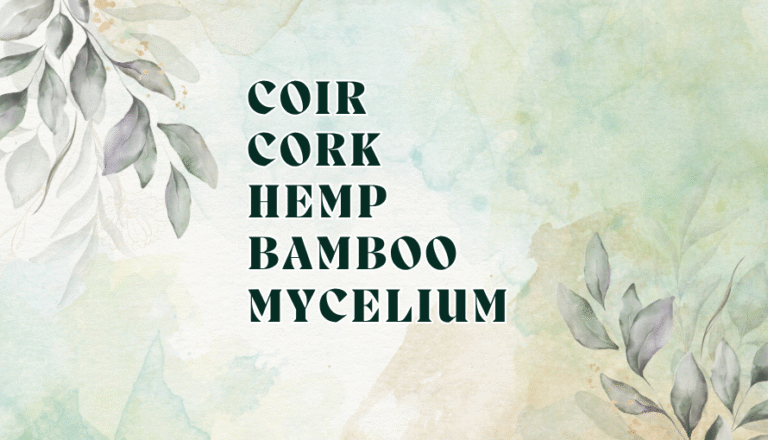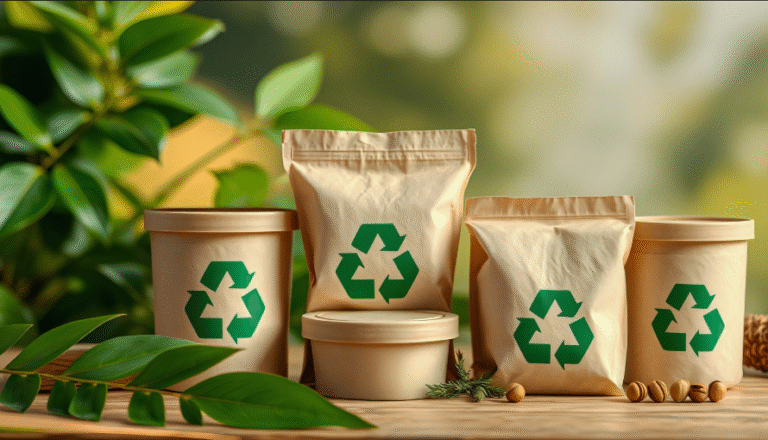Introduction
You never get a second chance to make a first impression—and in the world of consumer goods, that first impression often begins with thoughtful packaging design. In crowded retail aisles or fast-paced online shopping environments, your packaging isn’t just a container—it’s your first, and sometimes only, opportunity to connect with your customer.
Thoughtful packaging design is more than visual appeal; it’s a powerful strategic tool that shapes how consumers perceive product quality, brand values, and trustworthiness. Within seconds, the right packaging can spark interest, build credibility, and influence purchase decisions. At Terranore, we’ve collaborated with brands in wellness, baby care, skincare, and eco-home goods, and consistently seen how investing in thoughtful packaging design drives both discovery and conversion.
In this blog, we’ll unpack the psychology behind thoughtful packaging design, highlight its most effective elements, and explore how sustainability and storytelling play a growing role. Plus, you’ll see real-world examples of packaging that turned products into bestsellers—across categories and global markets.
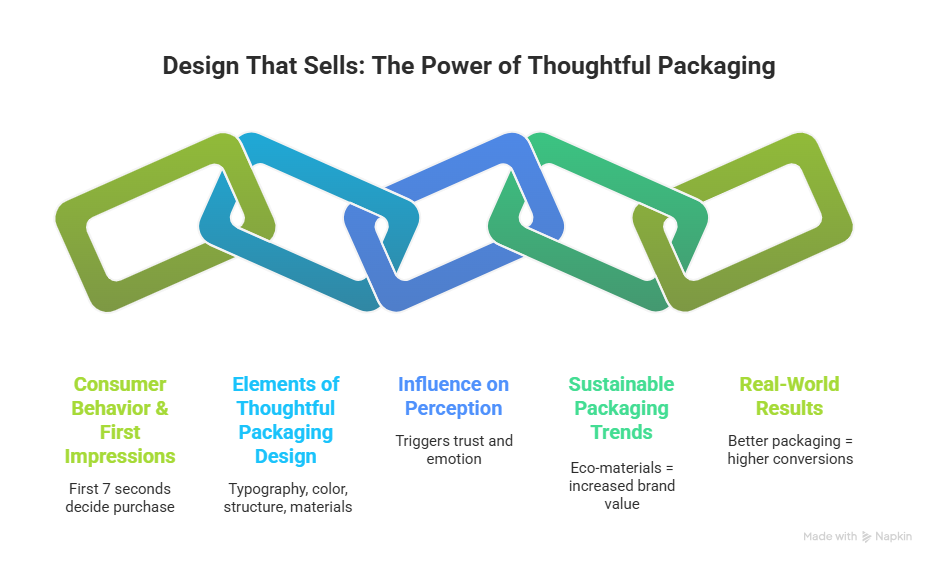
Why Packaging Matters in Consumer Behavior
The Psychology Behind Packaging
Packaging influences how customers perceive a product before they ever experience it. In fact, over 70% of purchasing decisions are made in-store, and it takes a consumer just 7 seconds to form an impression of a product. That moment is driven largely by color, layout, typography, and visual hierarchy. Brands that invest in thoughtful packaging design are not just creating a product wrapper—they’re crafting a competitive advantage that increases brand recall and drives repeat purchases.
According to research by McKinsey & Company, packaging influences not only first-time purchases but also long-term brand loyalty. Customers associate well-designed packaging with higher quality, increased safety, and brand credibility—especially in consumer goods categories like wellness, personal care, and baby products.
A minimalist skincare box may signal purity and elegance, while bold typography and matte finish on a snack bar wrapper may hint at energy and excitement. Consumers subconsciously associate packaging design with product quality, safety, and emotional resonance.
Visual Cues = Value Judgment
Studies in behavioral economics show that well-designed packaging increases perceived value. A $10 cream in high-quality packaging is more likely to be perceived as premium compared to a similar product in generic or outdated design. This is why brands invest in packaging even before marketing campaigns begin—it sets the tone.
Elements of Thoughtful Packaging Design
To design packaging that sells, you must consider both form and function. From typography to material choice, every element contributes to the overall thoughtful packaging design that aligns with customer expectations and market trends.Here are the most impactful elements:
1. Brand Story & Positioning :Packaging must align with your brand tone—whether clinical, playful, natural, or luxurious. Every color and material should reinforce this identity.
2. Color Psychology: Colors have emotional triggers. For example:
- Green = sustainability, calmness (wellness/eco-products)
- Red = urgency, appetite (snacks, beverages)
- Blue = trust, reliability (healthcare, electronics)
Using the right palette can help you stand out or fit in—depending on your goals.
3. Typography : Readable, clear, and styled typography builds trust. Serif fonts suggest tradition and reliability, while sans-serif fonts feel modern and clean.
4. Material & Texture : Matte vs. gloss, embossed logos, recycled kraft paper—all evoke tactile responses. Eco-friendly materials also reinforce conscious brand messaging.
5. Structural Design : Beyond flat design, thoughtful structure ensures:
- Easy handling
- Stackability
- Product protection
- Tamper resistance
This is especially crucial in baby care, supplements, or skincare categories.
6. Information Hierarchy :Customers scan, not read. Your packaging should prioritize:
- Product name
- Key benefits (e.g., “100% Natural”, “Vegan Certified”)
- Callouts (e.g., “No parabens”, “30-Day Supply”)
Clear messaging converts browsers into buyers. The goal is to create packaging that sells—designs that do more than look good, but also drive conversions and repeat purchases.
How Packaging Influences First Impressions
Imagine walking down the baby care aisle. You’re overwhelmed with choices. You see two similar products—one wrapped in soft pastel tones with biodegradable ink and the other in shiny plastic with crowded text.A clean layout, combined with messaging clarity, is at the heart of thoughtful packaging design, particularly in categories like wellness, food, and baby care where trust is critical. Packaging plays a foundational role in shaping first impressions in marketing, often determining whether a product gets picked or passed over.
Which one feels more trustworthy? Likely the former.
The Halo Effect
In psychology, the Halo Effect suggests that people transfer their judgment of packaging to the product itself. So, attractive packaging leads to assumptions of high product quality—even before use.
👁 Design Triggers Emotional Response
Packaging triggers emotion through:
- Familiar colors (comfort, nostalgia)
- Eco cues (trust, responsibility)
- Simplicity (transparency, ease)
A thoughtfully designed package can reduce perceived risk, especially for first-time customers. It communicates that a brand cares—about product, people, and the planet. Understanding the connection between packaging and consumer behavior is essential for creating designs that influence both impulse and intentional purchases.
Direct Impact on Sales
A study by Ipsos found that 72% of consumers say packaging design influences their purchase decisions. For new brands, packaging is often the most powerful (and affordable) marketing tool—especially on shelves or DTC (direct-to-consumer) platforms like Amazon or Shopify.
Sustainable Packaging and Brand Perception
In today’s climate-conscious world, packaging is no longer just about aesthetics—it’s about ethics.Incorporating sustainability into a thoughtful packaging design not only aligns with ethical standards but also increases perceived brand value among eco-conscious buyers. Modern consumers actively seek out brands that prioritize sustainable packaging as part of their ethical and environmental values.
♻️ Eco-Packaging Isn’t Optional Anymore
Consumers—especially Gen Z and millennials—prefer brands that reflect their values. Sustainable packaging has moved from a niche bonus to a mainstream expectation.
💡 Examples of Sustainable Choices:
- Recyclable, compostable, or refillable materials
- Soy-based or water-based inks
- FSC-certified paperboard
- Elimination of unnecessary plastic seals
🌱 Eco Labels Build Trust
Displaying sustainability certifications or QR codes linked to traceability (Digital Product Passport) on packaging enhances trust and transparency. This is particularly impactful in:
- Organic skincare
- Herbal wellness supplements
- Eco cleaning products
- Baby and toddler categories
🔄 Circular Packaging = Long-Term Loyalty
Offering refillable pouches, packaging take-back programs, or minimalist designs helps create a circular system. Brands like Method, The Ordinary, and By Humankind have adopted such models—and grown loyal communities around them.
Real-World Examples of Packaging That Converts
Let’s look at how thoughtful packaging design translated into real results:
1. Skincare Brand Launch – U.S. Market
A cruelty-free skincare startup was struggling to differentiate. This is a classic case where thoughtful packaging design elevated a product’s perceived quality and helped create viral social engagement. Terranore guided them to:
- Switch to frosted glass jars
- Add tactile labels with minimalist icons
- Use muted colors and embossed logo
Result: 40% increase in DTC conversions and featured in 3 beauty magazines.
2. Baby Wipe Brand – India
For a European brand entering India:
- Packaging was localized with pastel hues and elephant illustrations
- Replaced shrink-wrap with a recyclable carton
- Added QR code for usage demo video
Result: Improved shelf retention and a 25% rise in trial purchases.
3. Eco-Friendly Kitchenware – Retail Chain
Product wasn’t moving in stores. Terranore redesigned:
- Kraft board sleeves with printed “Plastic-Free Kitchen” badge
- Soft-touch ink and window cut-out to show texture
Result: Sales increased 3x post-rebrand, and buyer reviews mentioned “beautiful packaging.”
4. Functional Snack Brand – Crowdfunding Campaign
Launched with 3 SKUs on Kickstarter:
- Bright matte pouches with story-based graphics
- Color-coded flavors for easy recognition
- Clear functional claims on front
Result: Fully funded in 12 days, largely driven by packaging-driven ad creatives.
Conclusion: First Impressions That Last
In a crowded, choice-heavy marketplace, the packaging isn’t just the box—it is the experience, emotion, and expectation bundled together.
From eco-aware shoppers to time-starved online buyers, people judge your product by its cover. And often, that judgment shapes whether they trust, try, or recommend it.
At Terranore, we ensure that your thoughtful packaging design reflects your brand essence while delivering visual impact, sustainability, and compliance.
💬 Ready to rethink your packaging?
Let’s co-create something memorable. Explore our Packaging Design Services

